Motors and Drives
Source: https://www.carbontrust.com/
Usually dispatched in 2 to 3 days
Usually dispatched in 2 to 3 days
Category:
Operation & Maintenance
Only logged in customers who have purchased this product may leave a review.
Related products
Flexible Design and Operation of Multi-Stage Flash (MSF) Desalination Process Subject to Variable Fouling and Variable Freshwater Demand
Abstract:
This work describes how the design and operation parameters of the Multi-Stage Flash (MSF) desalination process are optimised when the process is subject to variation in seawater temperature, fouling and freshwater demand throughout the day. A simple polynomial based dynamic seawater temperature and variable freshwater demand correlations are developed based on actual data which are incorporated in the MSF mathematical model using gPROMS models builder 3.0.3. In addition, a fouling model based on stage temperature is considered. The fouling and the effect of noncondensable gases are incorporated into the calculation of overall heat transfer co-efficient for condensers. Finally, an optimisation problem is developed where the total daily operating cost of the MSF process is minimised by optimising the design (no of stages) and the operating (seawater rejected flowrate and brine recycle flowrate) parameters.
Flexible Design and Operation of Multi-Stage Flash (MSF) Desalination Process Subject to Variable Fouling and Variable Freshwater Demand
Abstract:
This work describes how the design and operation parameters of the Multi-Stage Flash (MSF) desalination process are optimised when the process is subject to variation in seawater temperature, fouling and freshwater demand throughout the day. A simple polynomial based dynamic seawater temperature and variable freshwater demand correlations are developed based on actual data which are incorporated in the MSF mathematical model using gPROMS models builder 3.0.3. In addition, a fouling model based on stage temperature is considered. The fouling and the effect of noncondensable gases are incorporated into the calculation of overall heat transfer co-efficient for condensers. Finally, an optimisation problem is developed where the total daily operating cost of the MSF process is minimised by optimising the design (no of stages) and the operating (seawater rejected flowrate and brine recycle flowrate) parameters.
Overview, Installation and Maintenance of Pumps, Valves and Piping
When you have completed this chapter, you will be able to do the following:
1. Recognize the principles of pump operation. 2. Identify the different types of pumps. 3. Identify an eductor.
4. Identify basic types and functions of valves. 5. Identify the types of steam traps. 6. Identify the different types of strainers.
7. Recognize the different types of filters. 8. Identify tubing and associated fittings. 9. Identify piping, associated fittings, and flange shielding.
10. Identify the types of packing and gasket material.
Overview, Installation and Maintenance of Pumps, Valves and Piping
When you have completed this chapter, you will be able to do the following:
1. Recognize the principles of pump operation. 2. Identify the different types of pumps. 3. Identify an eductor.
4. Identify basic types and functions of valves. 5. Identify the types of steam traps. 6. Identify the different types of strainers.
7. Recognize the different types of filters. 8. Identify tubing and associated fittings. 9. Identify piping, associated fittings, and flange shielding.
10. Identify the types of packing and gasket material.
Drinking Water Operator Certification Training WDC Volume II
Learning Objectives
. Define maintenance
. Discuss the roles of maintenance
. Discuss safety practices of maintenance
Drinking Water Operator Certification Training WDC Volume II
Learning Objectives
. Define maintenance
. Discuss the roles of maintenance
. Discuss safety practices of maintenance
Handbook-for-The-operation-of-Water-Treatment-Works
The term “water quality” describes the physical, chemical and microbiological characteristics of water. These properties collectively determine the overall water quality and the fitness of the water for a specific use. These properties are either intrinsic to the water or are the result of substances that are dissolved or suspended in the water. Water quality is only meaningful when evaluated in relation to the use of the water. The reason is that water of a certain quality may be fit for a specific use, but completely unfit for another use. For example, water that is fit for human consumption may not be fit as boiler feed water because the dissolved inorganic salts that are acceptable in drinking water, are not tolerated in boiler feed water, since they may precipitate and cause blockages in the boiler equipment. Water that is fit for domestic use (drinking water) must comply with specific requirements. The most important requirement is that it must be safe to drink.
Handbook-for-The-operation-of-Water-Treatment-Works
The term “water quality” describes the physical, chemical and microbiological characteristics of water. These properties collectively determine the overall water quality and the fitness of the water for a specific use. These properties are either intrinsic to the water or are the result of substances that are dissolved or suspended in the water. Water quality is only meaningful when evaluated in relation to the use of the water. The reason is that water of a certain quality may be fit for a specific use, but completely unfit for another use. For example, water that is fit for human consumption may not be fit as boiler feed water because the dissolved inorganic salts that are acceptable in drinking water, are not tolerated in boiler feed water, since they may precipitate and cause blockages in the boiler equipment. Water that is fit for domestic use (drinking water) must comply with specific requirements. The most important requirement is that it must be safe to drink.


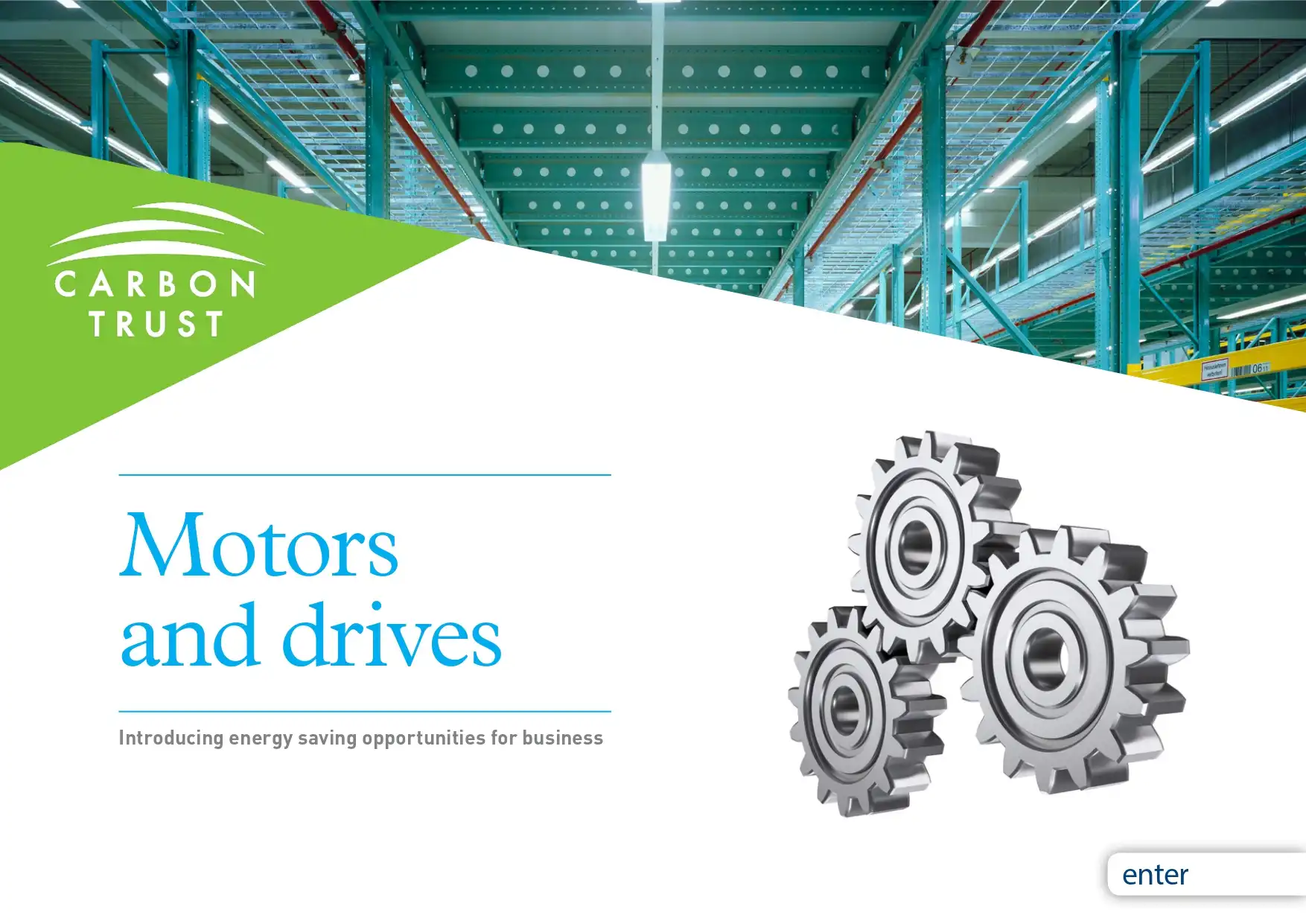
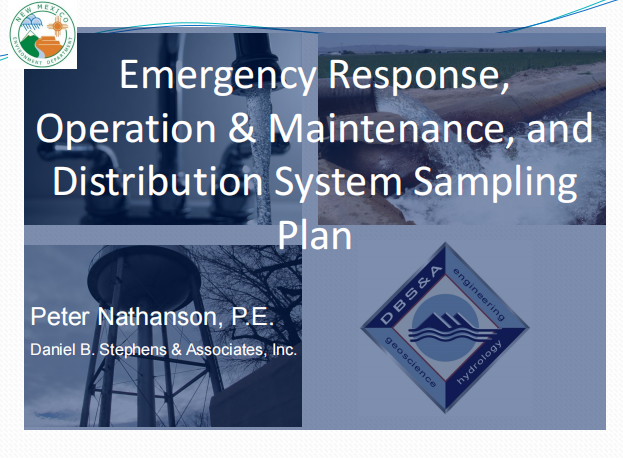
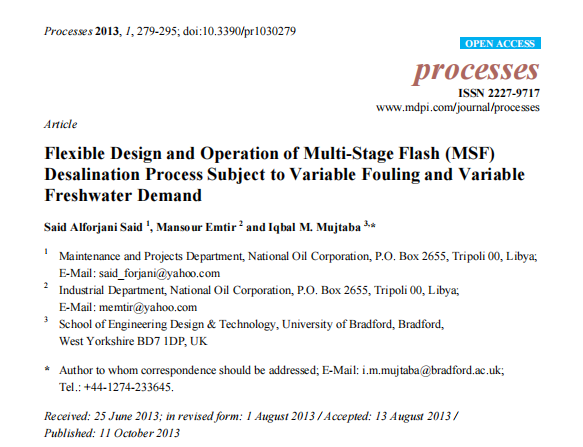
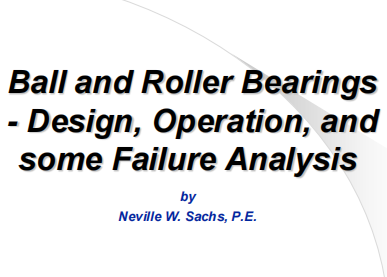
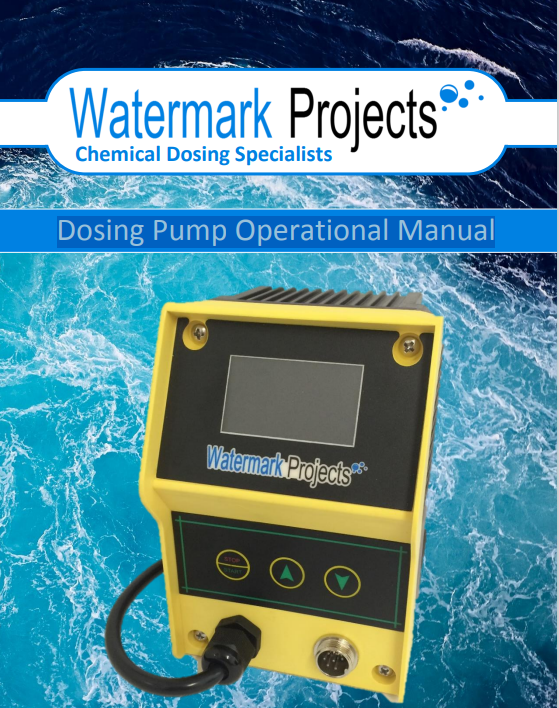
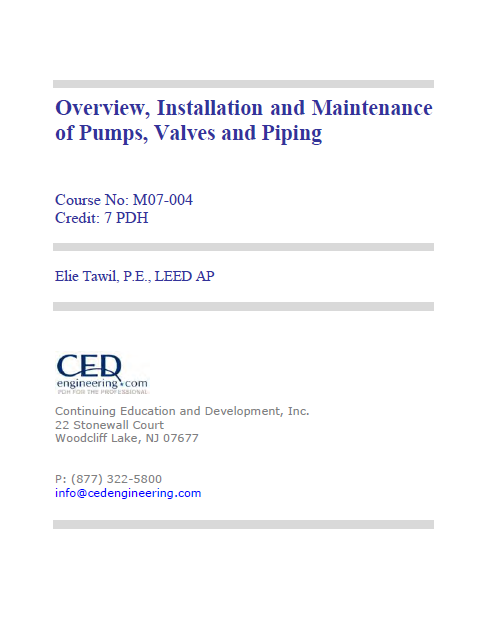
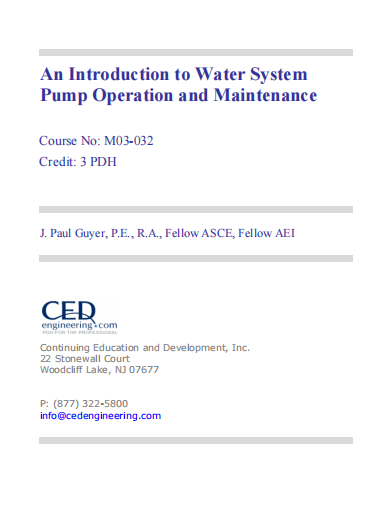
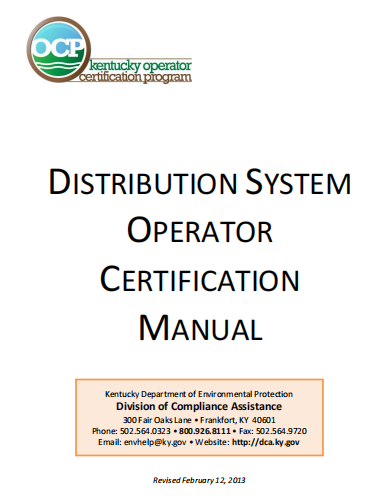
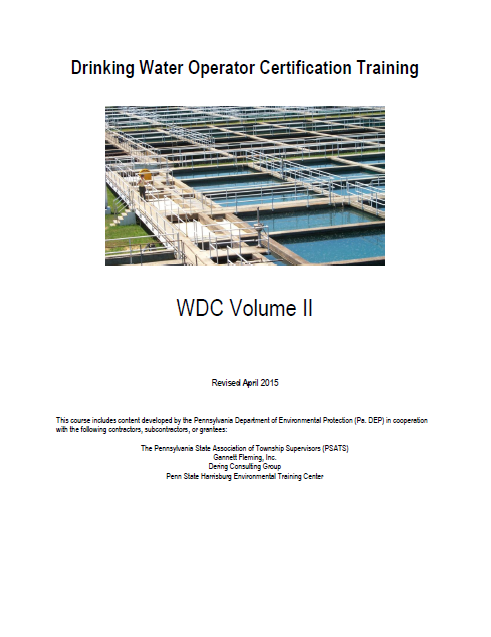
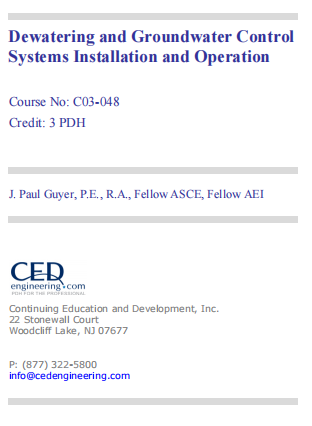

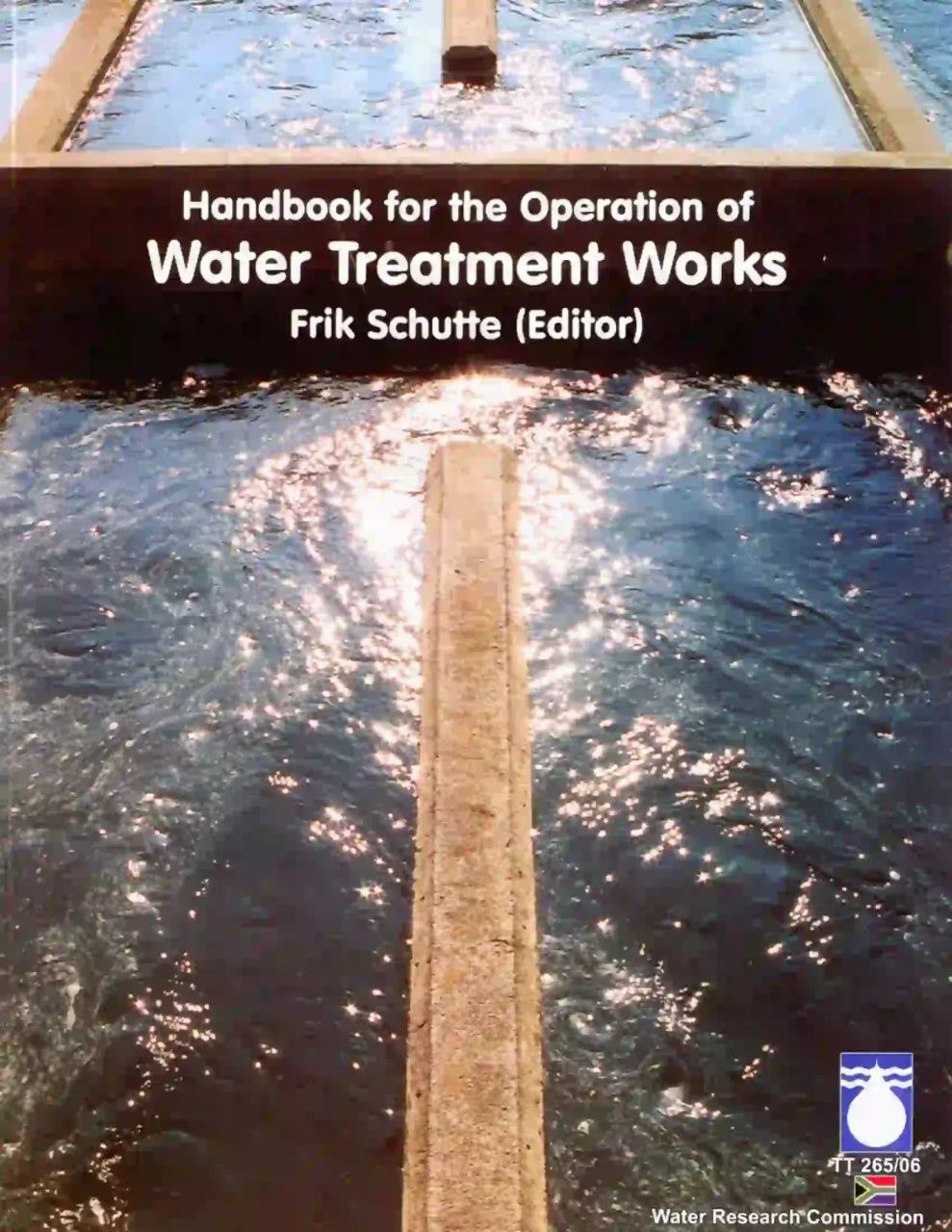
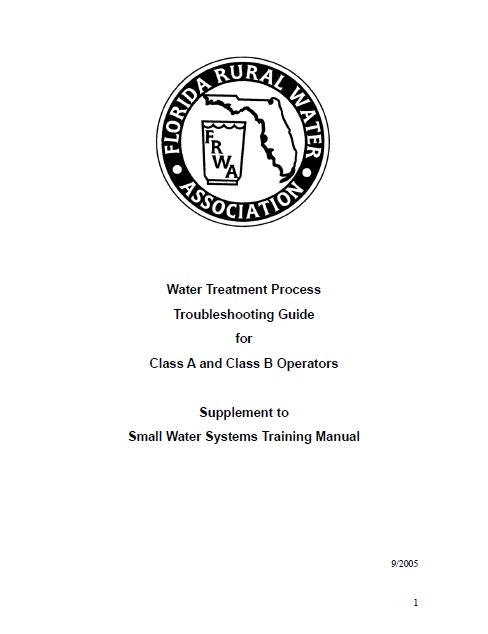
Reviews
There are no reviews yet.